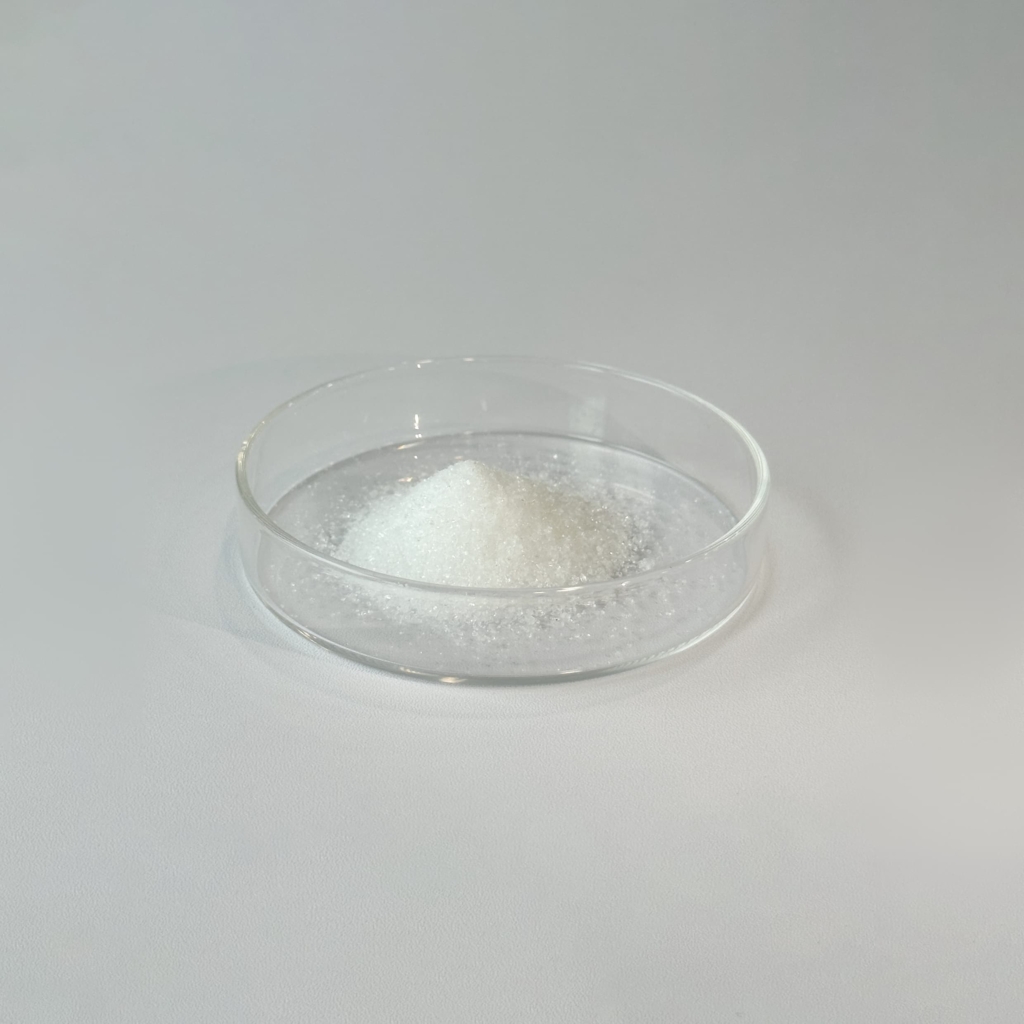Paeonol (Pae) is an active ingredient extracted from the root bark of Paeoniaceae plants, such as peony and white peony root bark. As a phenolic compound, it exhibits anti-inflammatory, antioxidant, antibacterial, and soothing properties, making it commonly used in health supplements, cosmetics, and pharmaceuticals. Modern research confirms that paeonol effectively alleviates skin inflammation, reduces free radical damage, and improves uneven skin tone. Consequently, it is widely incorporated into various skincare formulations, including serums, creams, and soothing lotions.
The Effects of Paeoniflorin
Paeoniflorin, the main active compound derived from Paeonia lactiflora (white peony root), is a traditional medicinal ingredient long valued for promoting circulation and reducing inflammation. Modern research highlights its anti-inflammatory, antioxidant, whitening, and skin-calming properties. Thanks to its mild yet effective biological activity, paeoniflorin is widely used in cosmetics, pharmaceuticals, and nutraceuticals—particularly in skincare formulations targeting brightening, anti-redness, and barrier repair. In essence, paeoniflorin helps keep the skin calm, even-toned, and resilient against environmental stress.

2. Benefits of Paeoniflorin in Skincare
① Anti-inflammatory and soothing
Paeoniflorin helps suppress inflammatory molecules such as IL-6 and TNF-α, which are responsible for redness, swelling, and sensitivity.
It calms skin irritation caused by environmental stress, UV exposure, or active ingredients, making it suitable for sensitive and post-treatment skin.
② Antioxidant protection
Oxidative stress is a key driver of premature aging. Paeoniflorin neutralizes free radicals and strengthens the skin’s natural defense system, protecting collagen and elastin from damage.
It works well with vitamin C, ferulic acid, and niacinamide to enhance antioxidant synergy.
③ Brightening and anti-pigmentation
Paeoniflorin helps regulate melanin production by inhibiting the enzyme tyrosinase.
Regular use improves skin brightness and uniformity, making it a gentle alternative for those who can’t tolerate strong brighteners like hydroquinone.
④ Barrier protection
By reducing inflammation and oxidative stress, paeoniflorin supports the skin’s barrier function and helps maintain hydration.
This makes it ideal for skin prone to dryness, irritation, or sensitivity.
3.Mechanism of Action — How Does Paeoniflorin Work?
From a biochemical standpoint, paeoniflorin acts through multiple pathways:
- Anti-inflammatory pathway: Suppresses the NF-κB signaling cascade, reducing the release of pro-inflammatory cytokines.
- Antioxidant pathway: Enhances superoxide dismutase (SOD) and glutathione (GSH) activity, protecting cells from oxidative injury.
- Melanin regulation: Inhibits tyrosinase and interferes with melanosome transfer, leading to a gradual brightening effect.
- Neuro-soothing effect: Helps stabilize the skin’s nerve endings, reducing itching and stress-induced redness.
Together, these actions explain why paeoniflorin is known for its calming, brightening, and anti-aging benefits in topical applications.
4. Typical Applications and Formulation Uses
Paeoniflorin is used in many skincare categories:
| Soothing creams and lotions for sensitive skin |
| Brightening serums and anti-pigmentation products |
| After-sun and post-procedure recovery gels |
| Anti-aging emulsions combining paeoniflorin with antioxidants |
5.Safety and Skin Tolerance
Paeoniflorin is non-irritating, non-sensitizing, and safe for daily use.
Because it is derived from a natural peony root extract, it is often used in products designed for sensitive, atopic, or post-treatment skin.
Avoid direct application on broken skin.
Store away from direct light and heat to maintain stability.
Always test compatibility when combined with exfoliating acids or retinoids.
6.Safety and Skin Tolerance
The half-life of paeoniflorin depends on how it is delivered:
In systemic studies (oral or injected):
Its half-life ranges from 1 to 2 hours, meaning it is rapidly metabolized and excreted.
In topical skincare:
When applied to the skin, paeoniflorin penetrates slowly and maintains local antioxidant and anti-inflammatory activity for several hours, offering continuous protection throughout the day.
In formulation stability:
It remains stable under neutral to slightly acidic conditions but may degrade under prolonged UV exposure, so opaque or airless packaging is recommended.
7.Safety and Skin Tolerance
To achieve maximum skincare performance:
With Vitamin C: Enhances antioxidant and brightening effect.
With Niacinamide: Supports tone evenness and barrier repair.
With Hyaluronic acid: Boosts hydration and comfort.
With Panthenol or Allantoin: Amplifies soothing properties.
Paeoniflorin is highly compatible and fits well in multifunctional serums designed for calm, balanced, and luminous skin.
